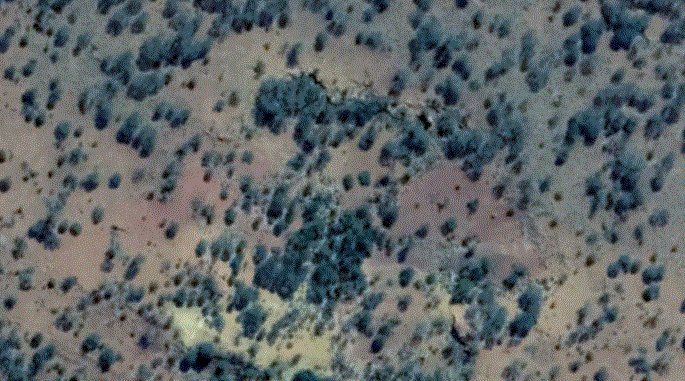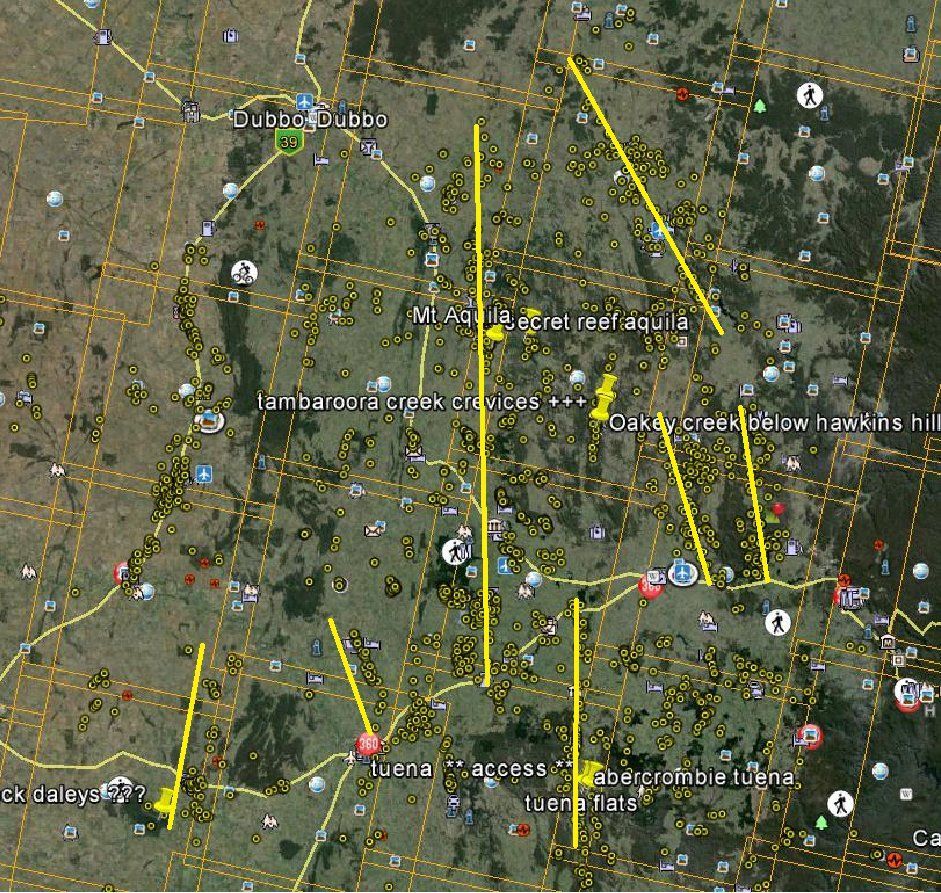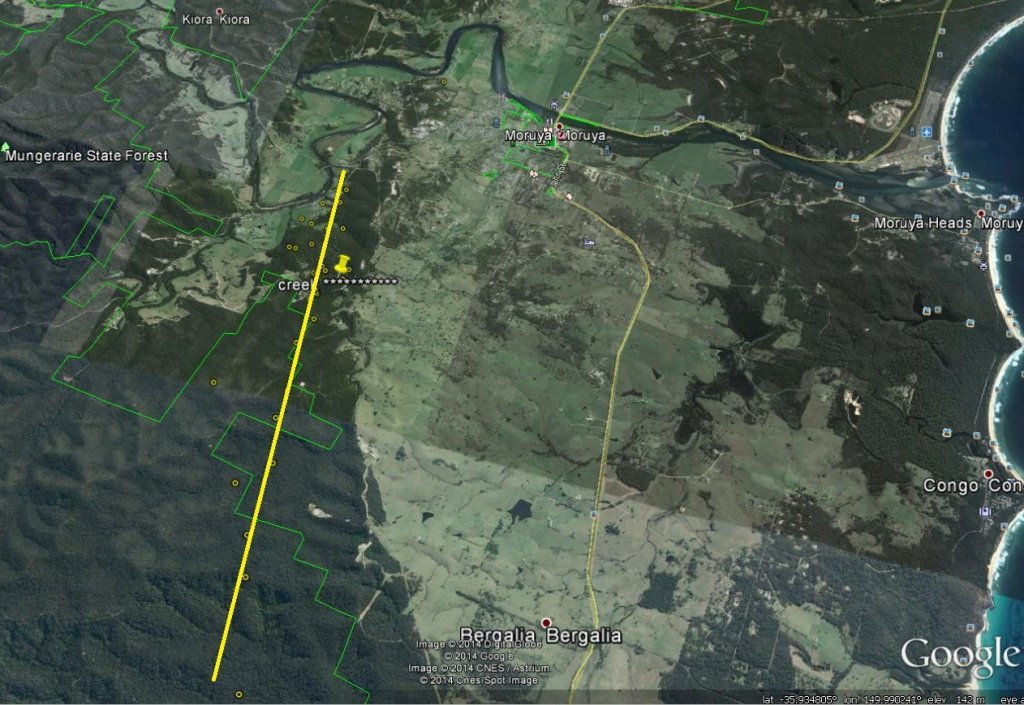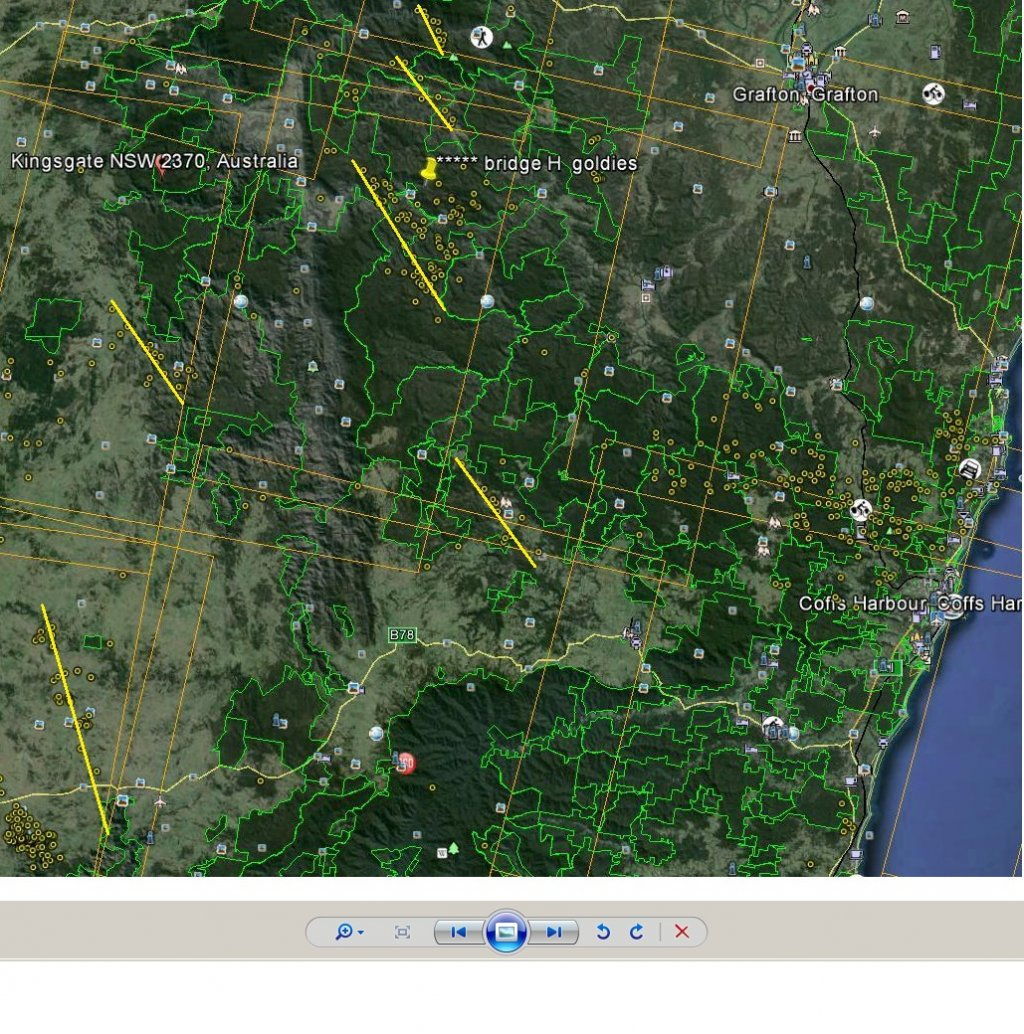shakergt
Moderating Team
For those who know better than me is this a reef at the top of the picture in the middle? I am unsure but it is czl ground and runs east west




Nightjar said:WA deposits are generally North/South and reefs run East/West. eg: Kalgoorlie/Menzies/Leonora, with other minesites inbetween.
Nightjar said:WA deposits are generally North/South and reefs run East/West. eg: Kalgoorlie/Menzies/Leonora, with other minesites inbetween.
CreviceSucker said:Nightjar said:WA deposits are generally North/South and reefs run East/West. eg: Kalgoorlie/Menzies/Leonora, with other minesites inbetween.
Should we differentiate between locations of reefs and earth fault lines ?
What is the rule for categorising the difference between them ?
Goldtalk Leonora said:My opinion/assessment (for what it's worth) is "maybe".
Although the general geology runs NNW/SSE in WA in reality on the micro level it can run in any direction. Also, remember erosion......we have had 10km above us wearing down over the last 2.5 billion years or so and what is to say a lump of qtz the size of an aircraft carrier hasn't decided to stop right there?
I have often found so called reefs that are actually big lumps of qtz that are disintegrating over time and spreading out in a line.....I call them pull ups...don't know why...just what I call them.
I wouldn't worry too much about using a geo map....they are constructed by people and often incorrect. Walk out of strike for several hundred metres and see if it continues.
Ultimately, I assume you want to know if it carries?? Sample...sample and more sampling....if the ground is yours OR you can gain control of it...otherwise your just wasting your time.
Nightjar said:WA deposits are generally North/South and reefs run East/West. eg: Kalgoorlie/Menzies/Leonora, with other minesites inbetween.



CreviceSucker - that is true for a lot of Australia but certainly not all - many are dominantly east-west in some areas. It cannpt be used as evidence if you ndo njot know the area.CreviceSucker said:most gold bearing reefs run north - east or within 18 degrees of it.
however plate movement could have twisted one around to be west-east
it could be a rock wall built by a welsh farmer ?
Have to disagree - there is no generalisation, although what you say is true for some WA goldfields. I assume you mean that ore bodies that strike north-south can consist of east-west veins, which is certainly so for some.Nightjar said:WA deposits are generally North/South and reefs run East/West. eg: Kalgoorlie/Menzies/Leonora, with other minesites inbetween.
Reefs are layers of hard rock (although many prospectors confusingly use the term synonymously with quartz vein - reef is better abandoned as a term as it is not a scientific term). Faults are fractures in rock along which the opposite sides of the fractures have moved relative to each other (up, down, horizontally or somewhere in between). Joints are fractures along which the opposite sides show no significant movement relative to each other. Quartz veins are layers of quartz and they usually occupy faults or joints (fluids have pumped through these fractures and deposited quartz from hot, watery solutions - it does not squeeze in like toothpaste as some prospectora think).CreviceSucker said:Nightjar said:WA deposits are generally North/South and reefs run East/West. eg: Kalgoorlie/Menzies/Leonora, with other minesites inbetween.
Should we differentiate between locations of reefs and earth fault lines ?
What is the rule for categorising the difference between them ?
grubstake said:Here it is:
[video=480,360]https://youtu.be/UeGRHdhGt0U[/video]
And the terminology should be "mother LODE", please.
Enter your email address to join: